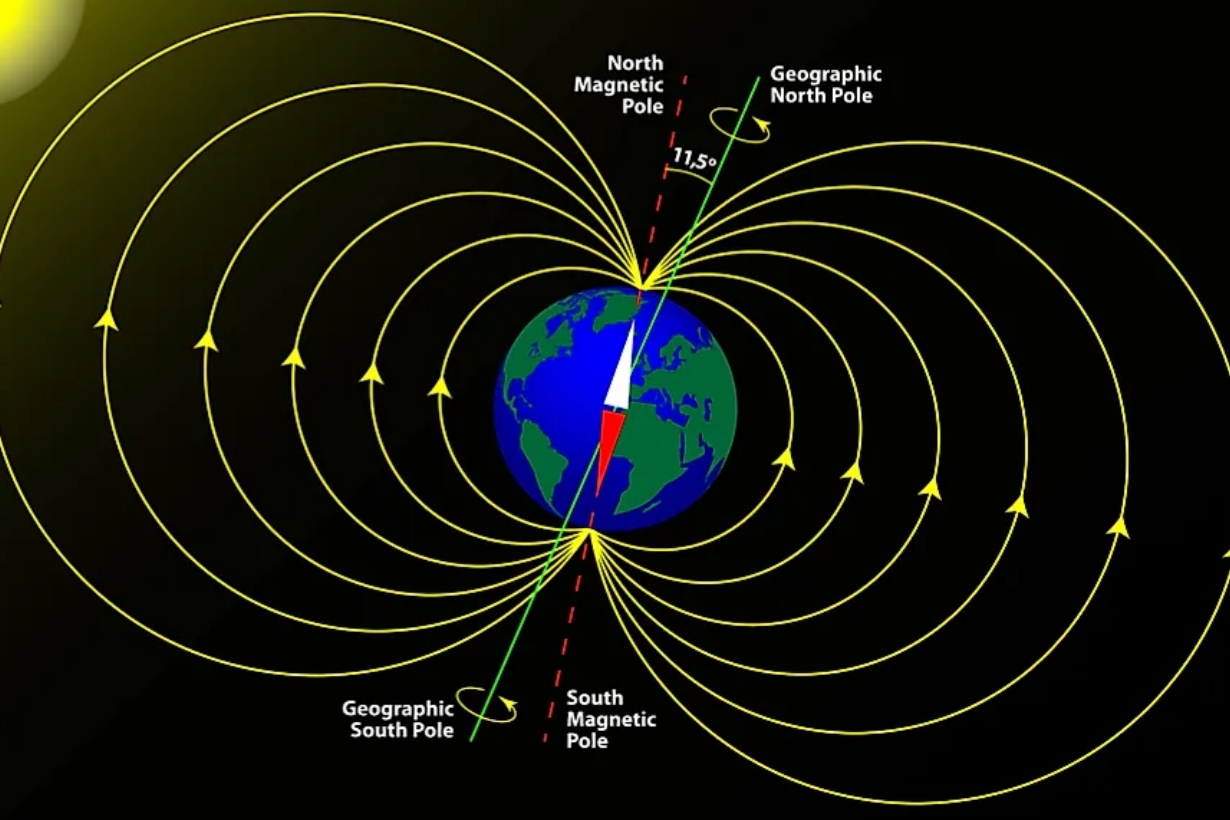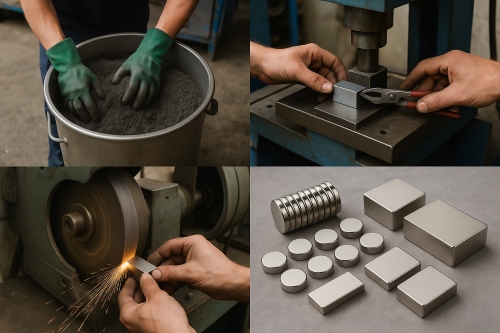Something You Should Know About Neodymium Magnets Coatings
Neodymium magnets coatings are used to protect the neodymium magnets. Neodymium is easy to react to oxygen and oxidizes quickly if untreated. That's why all neodymium magnets are covered with a protective coating, which is so thin that it doesn't have any impact on the adhesive force of the magnet. In this article, we will take a look at some common neodymium magnets' coatings.

Neodymium Magnets Coatings
Types of Neodymium Magnets Coatings
1. Epoxy (KTL) Coating
Our epoxy-coated magnet is a cathodic dip-paint coat (KTL). Unlike our Epoxy varnishing technique and the NiCu Epoxy Coating, also called rubber-coated magnets, the Epoxy KTL coating features special stability in moist environments and contact with weak acids as well as alkaline and saline solutions. Due to these properties, the Epoxy KTL Coating is highly recommended for applications in tidal power plants and offshore wind turbines.
Furthermore, the KTL coating offers a significantly better strip-off performance for glue-sheer-off tests. Black Epoxy plating consists of 3 layers Nickel, Copper, and Epoxy exposed as the top layer. Great for outdoor applications. However, black epoxy is not as abrasion-resistant as other plantings. In harsh conditions, the epoxy layer may be scratched off to expose the copper layer underneath.

Epoxy Coated Magnets[/caption]
2. Teflon (PTFE) Coating
Stanford Magnets’ advice successfully solved the customer's problem of frequent replacement of NdFeB magnets used in highly corrosive environments. On the cost, Teflon (PTFE) coated magnets cost more (two times of the uncoated magnets), and the total expense is reduced by 50%. How could that happen? By using the PTFE-coated magnet, our customers saved the cost of frequent replacement of the magnets and the regular checks and maintenance of the machine.
3. Galvanic Nickel Plating (NiCuNi)
The galvanic nickel plating is a widespread method to coat sintered neodymium magnets. The coating is applied to the magnet in three layers: A basic Ni-layer, middle Cu- and at last a covering Ni-layer. The galvanic nickel plating has advantages considering the rigidity of the surface, the cost-effective production, and the outstanding stability in moist environments and under high temperatures.
On the other hand, it is difficult to measure the thickness of the layers. Additionally, the method results in a problematic adhesion and a loss of magnetic flow caused by short circuits.
4. Nickel Electroplating (NiCuNi)
It is the most common plating. Ni-Cu-Ni is a durable 3-layer (nickel, copper, nickel coating). Great for indoor use. They may be used outdoors if protected from rain and humidity. Good abrasion resistance.
This process is similar to galvanic nickel electroplating. Unlike the galvanic nickel surface coating, the final Nickel layer is plotted chemically. This technique results in improved corrosion protection under the terms of sterilization, a reduced loss of the magnetic flux, and enhanced adhesive properties.
 Nickel Plating Magnets
Nickel Plating Magnets
5. Galvanized Nickel-Tin (NiCuSn) Coating
The cost-effective galvanized nickel-tin process is suited for applications in a wet environment that require an increased adhesive property. The reduced hardness of the final tin layer has a disadvantageous effect. It especially exacerbates the handling of magnetized items.
6. Galvanized Zinc (Zn) Coating
The zinc coating of NdFeB magnets is a widespread technique. It is the custom that a chromate coating is applied to the galvanized parts in a special bath. The customer can decide between a blue and a yellow chromate coating.
The Cr+6 –rich, “yellow” coating is not applied in the automotive- and ROHS-conform production anymore, due to its manufacturing processes that are hazardous to health. The customer can fall back on the “blue”, sometimes called “white”, chromate coating. This coating offers lower corrosion protection compared to the properties of the “yellow” coating.
On the other hand, it excludes impairments of human health and damage to the environment. The zinc coating can only be recommended for temperatures up to 80° C, due to its mechanical stability. The simple identification of coating thickness and good handling make this technique very attractive. The process is most appropriate in cases of the zinc-coated carrier material.
7. Gold-coating (Ni-Cu-Ni-Au) Coating
The gold coating has high corrosion resistance and is conductive. It is usually coated with a base layer of nickel, and copper, to bring out the natural shine of the gold. It works very well in water applications. The gold layer is very but still adds some cost to the magnet.
8. Chrome (Ni-Cu-Ni-Cr) Coating
The chrome has a better resistance against rubbing and pressure. That’s why we use this coating for our sphere magnets. Its color is dull, grey-metallic.
9. Copper (Ni-Cu) Coating
Its color is shiny brown-red-gold. The color may change over time due to oxidation (darkening, spots). The copper-colored surface rubs off with frequent use (similar to gold-coated magnets) and is therefore suitable for decorative purposes only.
Conclusion
Thank you for reading our article and we hope it can help you to have a better understanding of the types of neodymium magnet coatings. If you want to know more about neodymium magnet coatings or other magnet products, we advise you to visit Stanford Magents for more information. As one of the leading suppliers of all kinds of magnet products, Stanford Magnets has been involved in R&D, manufacturing, and sales of permanent magnets since the 1990s. So we can provide customers with high-quality rare earth permanent magnetic products such as neodymium magnets, and other non-rare earth permanent magnets at a very affordable price.















